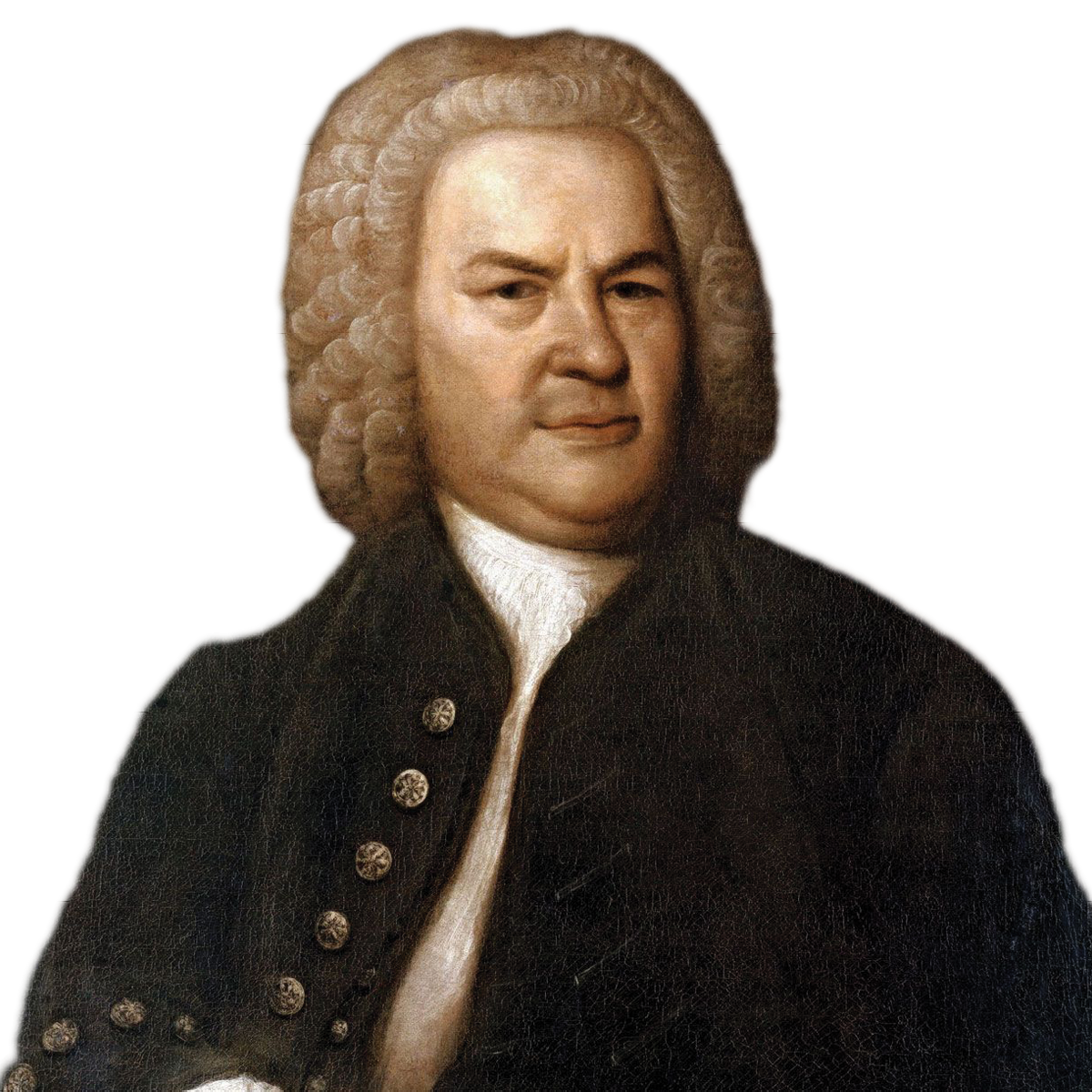
|
Keyboard Concerto in A Major, BMV 1055 Allegro |
Composed: 1738, but likely recycling Estimated length: |
|
Born on March 21, 1685, in Eisenach; Died on on July 28, 1750, in Leipzig Both cities part of present-day Germany |
|
|
First Nashville Symphony performance: These are the Nashville Symphony's first performances of this work. |
|
Overseeing the music for Leipzig’s churches was a central part of Johann Sebastian Bach’s job as municipal director of music. But he also became involved in the secular musical series presented at the Collegium Musicum, a long-standing civic institution founded by his predecessor in Leipzig, Georg Philipp Telemann; Bach took over directorship of the Collegium in 1729. It featured an ensemble of local musicians, many of them university students, who gathered weekly for performances at Zimmermann’s Coffee House in Leipzig. The Collegium and its concerts offered Bach an opportunity to try out some of his new or reworked instrumental pieces.
The composer’s surviving output includes a series of concertos both for a single keyboard soloist or for groups of from two to four soloists; Bach or one of his sons quite possibly performed the solo parts. In the 1730s, Bach produced a set of seven solo concertos for one keyboard, which he copied out into one manuscript (BWV 1052-1058). The first six of these were apparently intended as a self-standing collection. Bach recycled instrumental pieces he had previously written for various other soloist melodic instruments. In the case of this A major Concerto, the outer movements are believed to have originated as a concerto for oboe d’amore that is no longer extant. He then added new material for the keyboard soloist to play with the left hand.
WHAT TO LISTEN FOR
Bach admired the models he found in his slightly older contemporary Antonio Vivaldi’s concertos, adapting and further developing several of the Italian composer’s innovations. A significant hallmark of the concerto inherited from Italian tradition is the ritornello principle we encounter at work in the outer movements. This refers to architectural feature whereby the ensemble keeps returning to its main theme, in alternation with excursions into other ideas and keys undertaken by the soloist. Punctuated by the strings’ chain of restless chords, the strings keyboard plays an ornamented aria that flows with melancholy lyricism in the slower central movement.
“I’ve had a resonance with Bach’s music for a long time,” says Awadagin Pratt. The Concerto in A major is one of his signature pieces: he recorded a version with string quartet in 2002 with the St. Lawrence String Quartet. Pratt discerns some similarities with the concerto Jessie Montgomery wrote for him (which he hear following the Bach), such as “energetic areas of sparking energy that surround a more-contemplative central soliloquy” and the joyful, dance-like vitality of the last movement.
In addition to the solo keyboard part (performed by Awadagin Pratt on modern piano), scored for a string orchestra, and continuo
− Thomas May is the Nashville Symphony's program annotator.